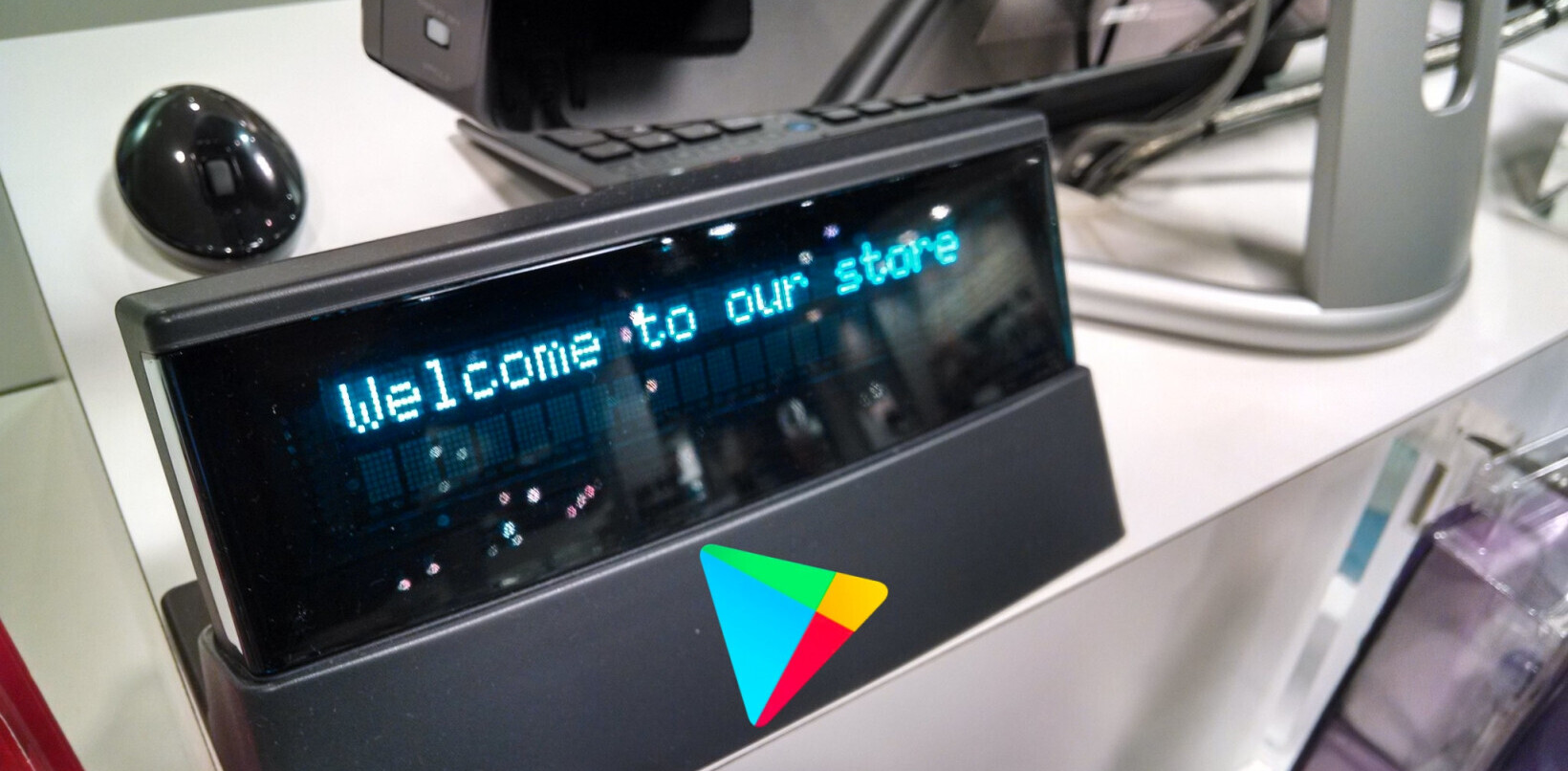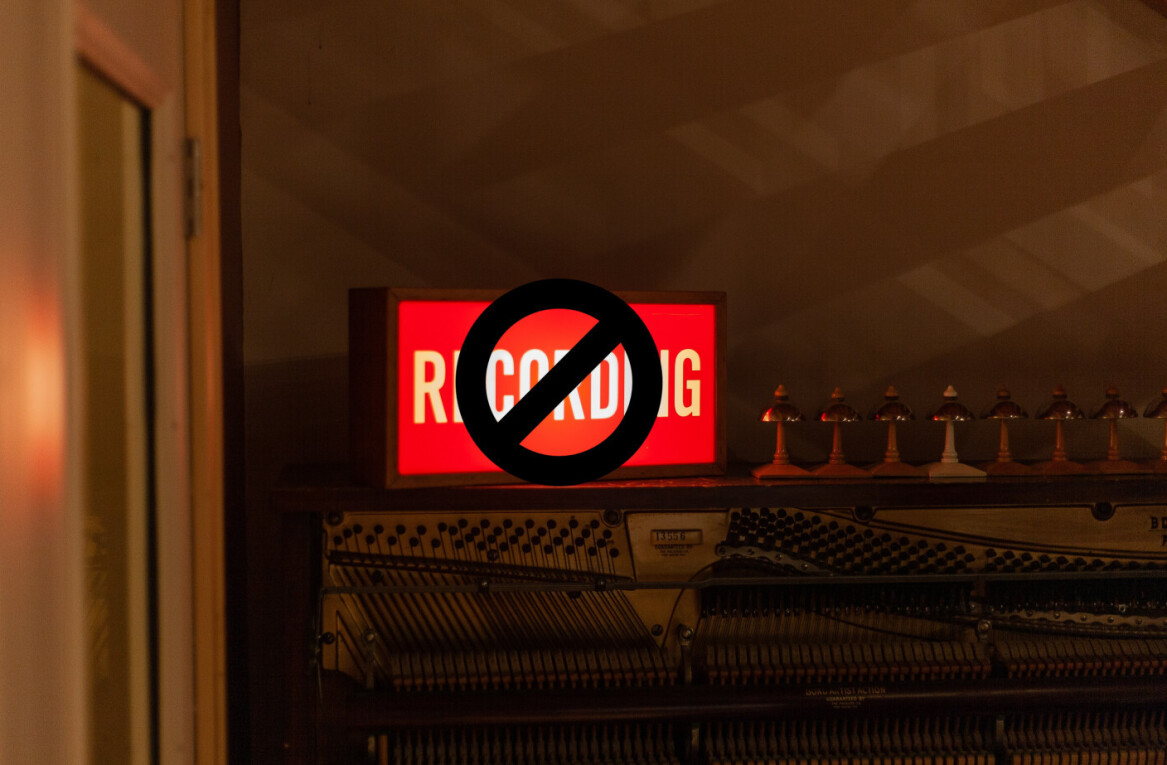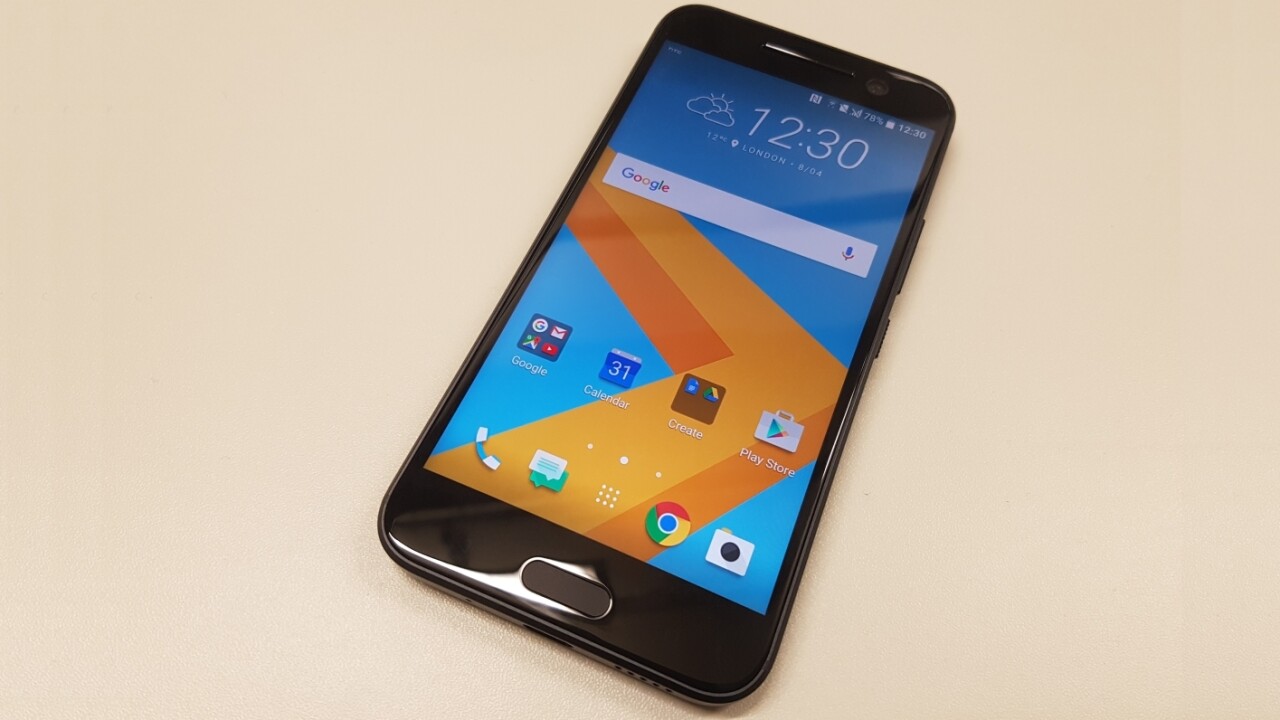
HTC has unveiled its much-leaked HTC 10 flagship smartphone, which sees the return of the company’s unique UltraPixel camera setup and a greater focus on getting rid of pre-loaded bloatware.
While it keeps the same metal approach as the One M7/8/9, the handset now has chamfered edges that taper to just 3mm thick. Key hardware specs include microSD support, 32GB storage, 4GB RAM, a Snapdragon 820 Octa-core chipset and a 3,000mAh battery. Exact chip details will vary according to region, HTC says.

On the rear of the handset, there’s a 12-megapixel ‘UltraPixel 2’ camera sensor with an f/1.8 aperture to let in more light and offer optical image stabilization (OIS). HTC says that the camera launches and focuses quicker than previous handsets too.
On the front, there’s a 5.2-inch display with a 2,560 x 1,440 resolution and 564 pixels-per-inch (PPI), which should make for super-sharp images and text.
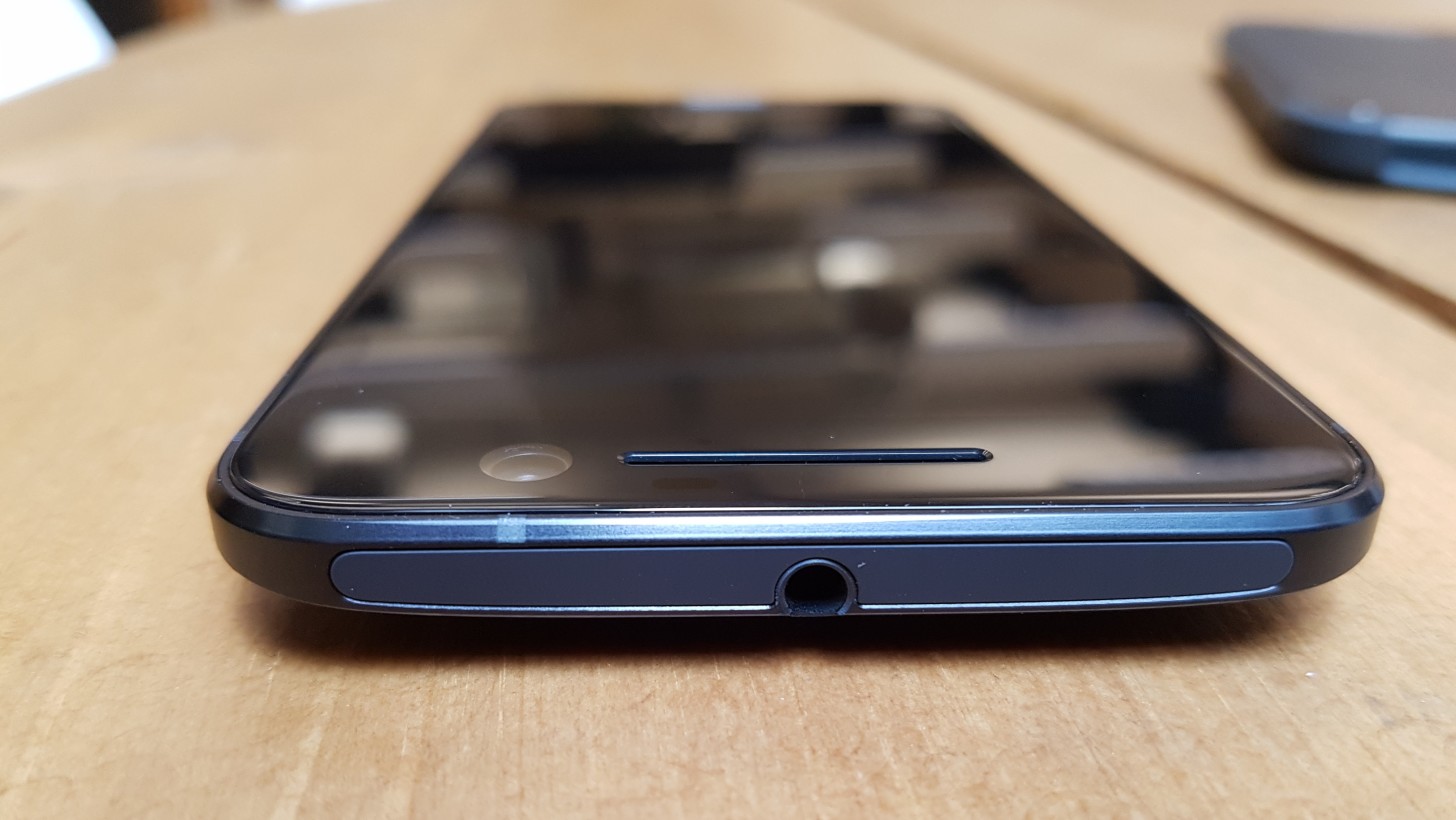
There’s a 5-megapixel ‘UltraSelfie’ sensor on the front, which also has OIS – a rarity in a smartphone.
What all of this focus on photography means is that the HTC 10 can capture 4K video, and there’s a new range of options and redesigned camera UI to make everything a little easier to access.
HTC fans will note that the front-facing Boom Sound speakers haven’t made a return but the company argues that the new placement at the top and bottom of the chassis for the HTC 10 will deliver even better volume and quality. The main speaker is at the top of the handset, with the sub on the bottom – and it’s now called the ‘BoomSound Hi-Fi Edition.’
As part of a push to simplify the user experience, HTC has also put efforts into ensuring that the Android OS contains fewer duplicate apps than you’d normally find on a manufacturer-optimized handset. In the past, for example, HTC’s flagship would ship with two camera or gallery apps but the 10 won’t.
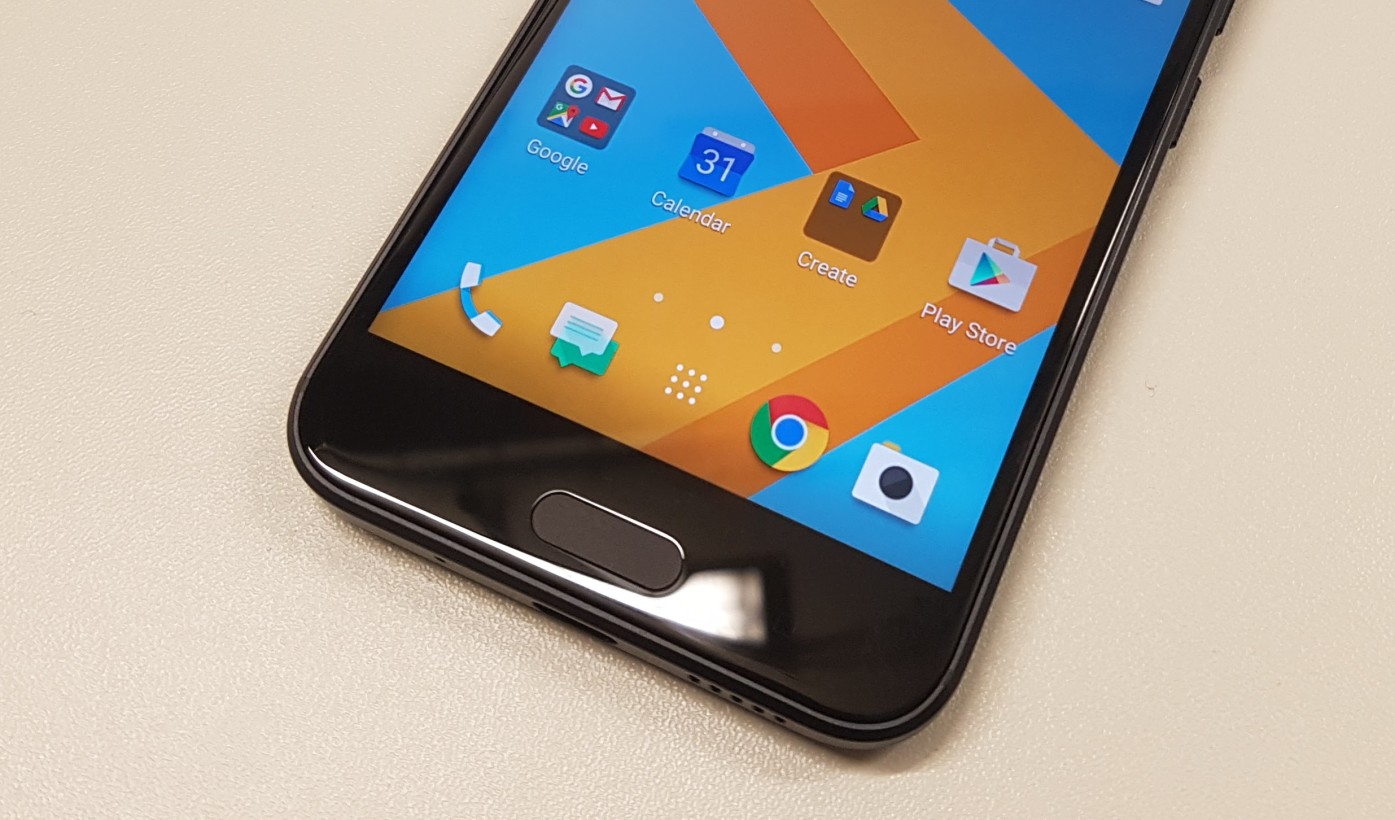
Instead, HTC says it’s only pre-installing the apps that give the best experience, regardless of whether those are in-house or Google’s own.
This is a smart approach to the software side of things for more than one reason. Primarily, it’s a move that should win customer approval – no one likes bloatware or being confused by which app you should use for each function. Beyond that though, it also allows for deeper integration of the chosen apps within the OS.
For the HTC 10, for example, the company worked with Google to make the Photos app natively accessible from the camera and to accept all photo formats, like RAW, Zoe, etc. directly. On the audio side of things, it now supports streaming music directly to Airplay devices too.
Rounding off the notable changes, there’s a successor to the Dot View case called ‘Ice View’ that allows for higher resolution display on the outside of the case, and offer quick access to things like launching the camera.
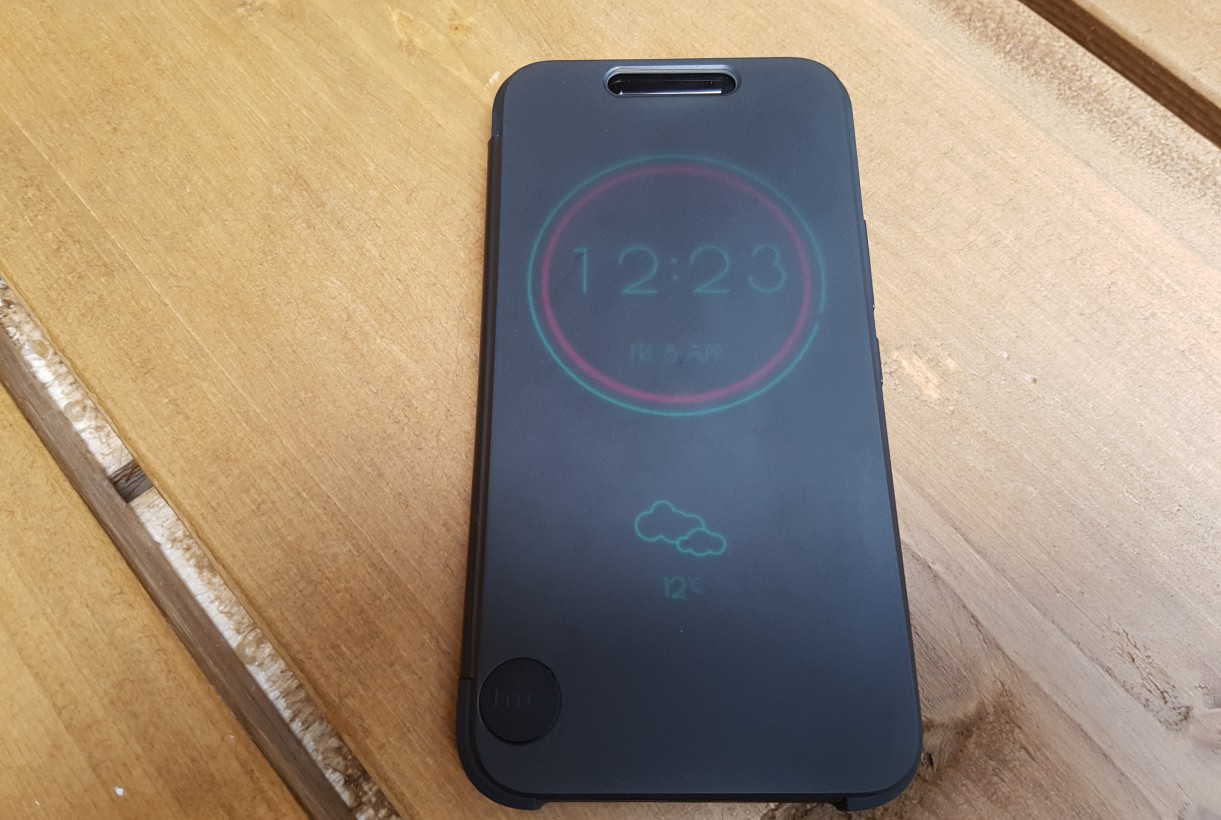
It also now uses USB Type C for charging and connectivity, and HTC has a set of USB C-equipped headphones (sold separately) on the way in the future too, though they won’t be on sale at launch.
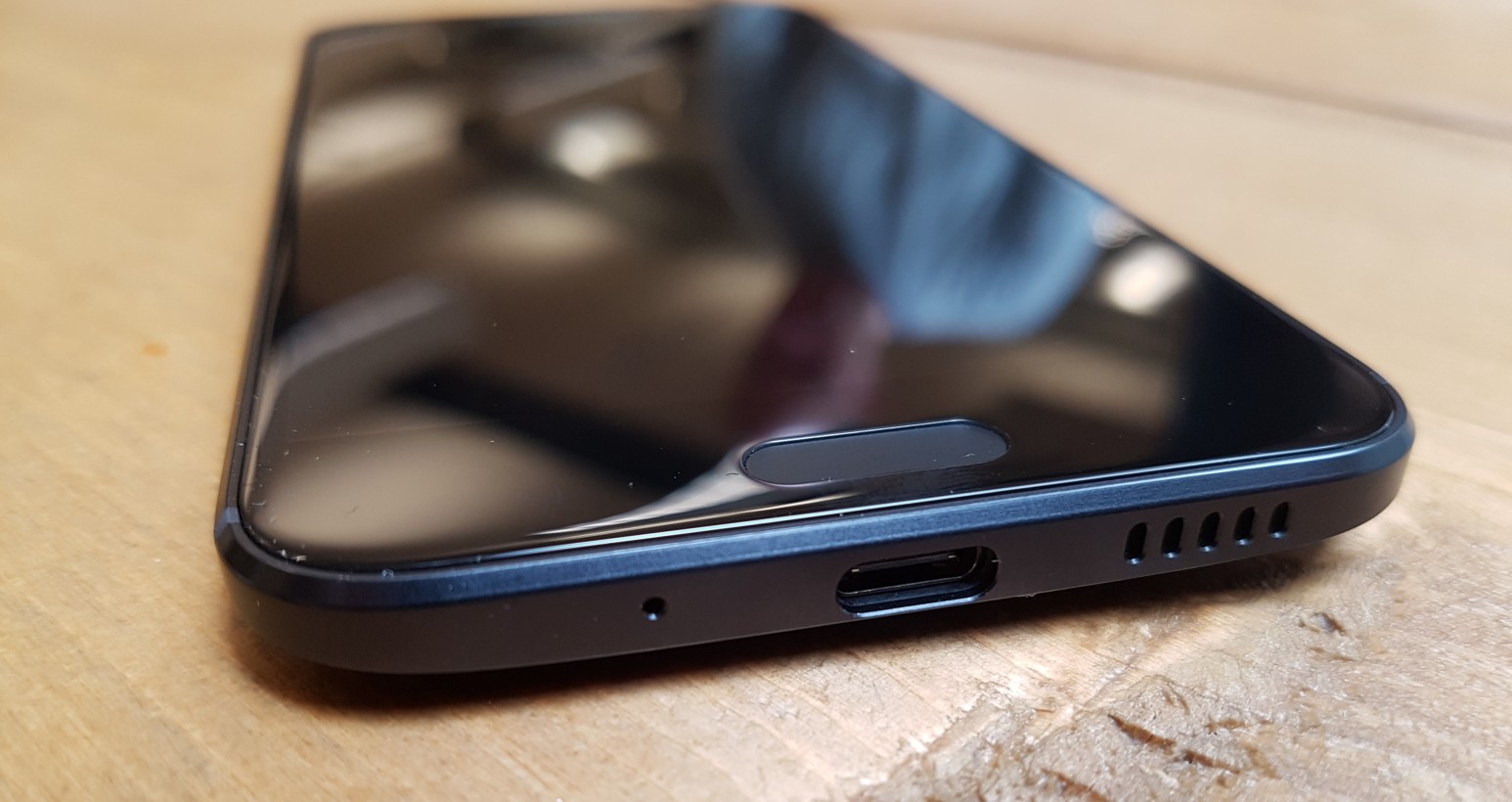
If the changes have piqued your interest in HTC’s smartphones once again, you’ll likely want to know exactly when they’ll arrive in Europe and the US and how much it’ll cost.
The handset’s available to pre-order now in the US from $700 and is due to arrive on store shelves from early next month.
Get the TNW newsletter
Get the most important tech news in your inbox each week.
